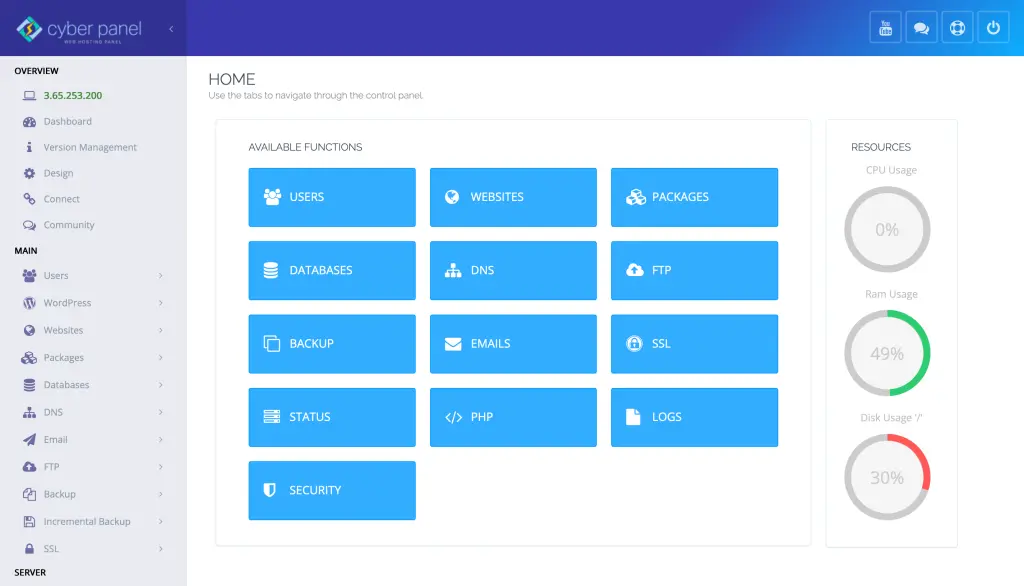It may sound simple, but in Linux, when dealing with larger text files, you want to extract certain columns of data without affecting the actual contents of the original file. This destroys the efficacy of sorting through the lines manually. This is where we can use the cut command in Linux. cut command (which means cut the parts of input data lines at all the lines, with delimiters, list of byte positions, list of character positions, list of fields).
Understanding the cut command is key to logging analysis, data parsing, and automation. So, whether you are an administrator managing logs, a developer working on CSV files, or a data analyst cleaning up your reports, cut can make your life easier. In this guide, we are going to learn about the cut command, its syntax, and practical examples to make your Linux life a little easier.
What is the cut Command in Linux
The cut Command is a built-in Linux utility for extracting specific sections from each line of files or pipes. It is widely used in scripting and text processing. There are many commands available related to data, which can view it as bytes, characters, or fields, all of which make functionality flexible.
Syntax of the cut Command
cut [OPTION]... [FILE]...Common Options:
- -b : Extract based on byte positions.
- -c: Extract based on character positions.
- -d : Specify the delimiter for field extraction.
- -f : List the field number(s) to output.
cut Command Examples in Linux
Extracting Specific Characters
We have to extract characters from positions 1 to 5 from each line in file.txt
Get exclusive access to all things tech-savvy, and be the first to receive
the latest updates directly in your inbox.
cut -c 1-5 file.txtDelimiter used to extract fields
If a file holds CSV (comma-separated values), we can take the second field:
cut -d "," -f2 file.csvExample Input (file.csv):
ID,Name,Age
101,John,25
102,Jane,30Output:
Name
John
JaneExtracting Multiple Fields
Fetching the 1st and 3rd fields:
cut -d "," -f1,3 file.csvOutput:
ID,Age
101,25
102,30Using cut with Pipes
That’s why we can combine it with echo using the cut command with a pipe:
echo "Linux is powerful" | cut -d " " -f2Output:

isCutting Specific Bytes
They need only extract the first three bytes from each line:
cut -b 1-3 file.txtLinux cut and paste Command
The cut is used for extracting data, and paste is used to join lines of two files. Here’s how they combine with one another:
Example: Combining cut and paste
cut -d "," -f1 file1.csv > temp1.txt
cut -d "," -f2 file2.csv > temp2.txt
paste -d "," temp1.txt temp2.txtThis pulls from two files, their columns, and merges them.
Role of CyberPanel in Executing Linux Commands

CyberPanel is an efficient web hosting control panel that are powered by OpenLiteSpeed. For CyberPanel administrators, cut command can be a useful tool when working with logs, extracting data from configuration files or other data manipulation purposes within hosting environments.
Advantages of CyberPanel for Users:
- Log Analysis: Use cut to parse log-specific information.
- Data extraction: Extract a relevant plethora of data from massive files in no time.
- Automation: The cut can be integrated into scripts to automate tasks.
- File Management: Determines working directly from the server with files.
Frequently Asked Questions About cut Command in Linux
1. What is the use of the cut command in Linux?
The cut command in Linux lets you extract specific pieces of information from your text files based on bytes, characters, or fields.
2. What is the difference between cut and awk?
The cut commands grab the sections of the string based on the given delimiters, while awk has more advanced text handling and searching capabilities.
3. Can we use the cut command to rewrite the original file?
No, cut soaks and shows information just; it does not change documents.
Final Words!
The cut command in Linux is a simple but powerful tool used in text processing, which is a must-have in the toolbox of every developer, administrator, and data analyst. With knowledge of its syntax and usage, your ability to distribute large datasets will drastically improve through its use.
Ready to Take Your Linux Skills Up a Notch? Start exploring the cut command and discover more about it with scripting and automation in CyberPanel.



